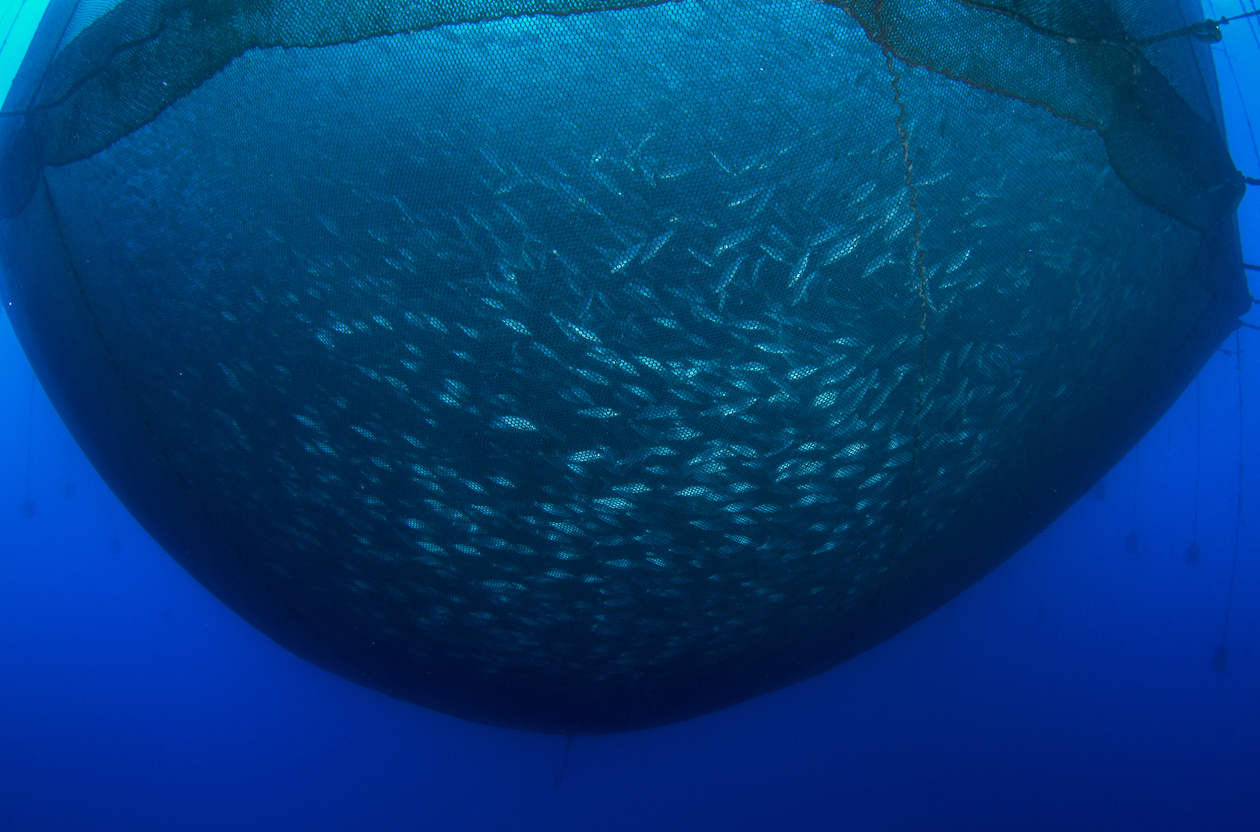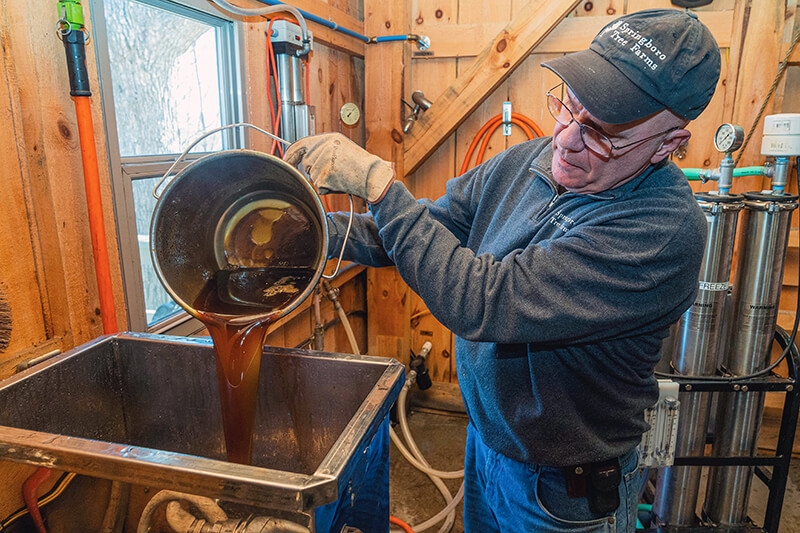Let's Raise a Barn
Students explore the benefits and functions of different types of barns and use problem-solving skills to build a model of a hay barn that meets specific requirements.
Students explore the benefits and functions of different types of barns and use problem-solving skills to build a model of a hay barn that meets specific requirements.

Students discover the sources of various fish and seafood, compare wild-caught and farm-raised aquaculture systems, and use a simulation to determine how overfishing can damage the ocean ecosystem.
Students identify the differences between beef and dairy cattle and determine the commodities produced by each type of cattle.
Students observe how a seed sprouts and investigate the conditions necessary for germination to occur.
Students observe how a seed sprouts and investigate the conditions necessary for germination to occur.
Students synthesize what they know about soils, plants, and the environment to plan a garden, present their plans, and explain why they made the decisions that they did.
Using tomatoes as a theme, students practice the math and science skills of estimating, measuring, counting, graphing and sequencing.
Students identify fruits that grow on a tree, bush, or vine, classify fruits as pome, drupe, berry, melon, or citrus, perform an experiment about the browning of fruit, and dry plums to make prunes.
Students design a green bean planter and explore planting specifications for green bean seeds.
Students explore how genes affect important traits such as growth, reproduction, disease resistance, and behavior and discover the responsibilities of an animal geneticist.

Students recognize how geography and climate allow for the growth of maple trees and the process of making syrup, identify the characteristics of maple trees that produce the best sap for making maple syrup, and name the steps in the process of creating syrup from sap.
Students observe the change of water states as it moves through the water cycle.